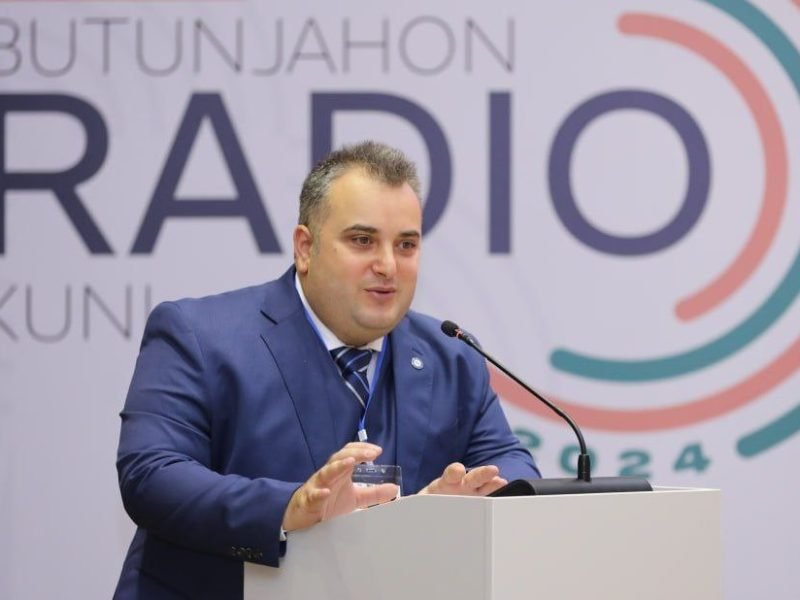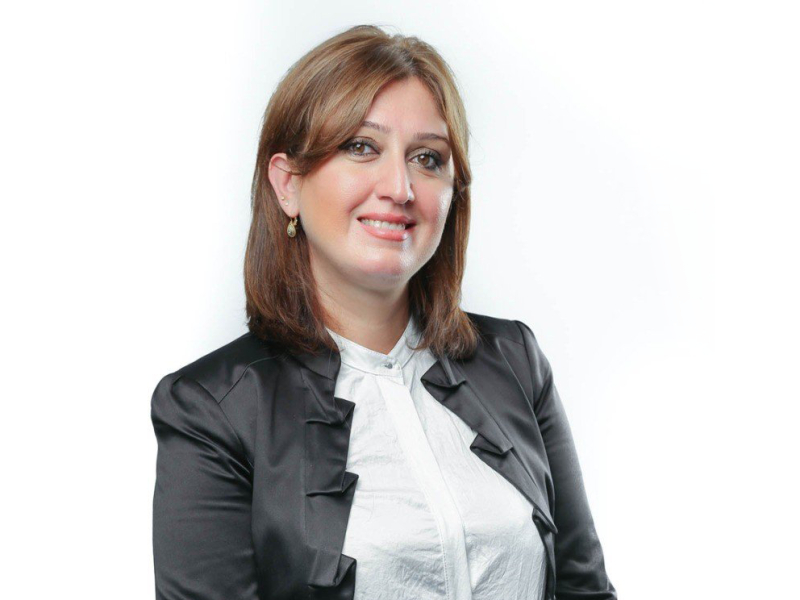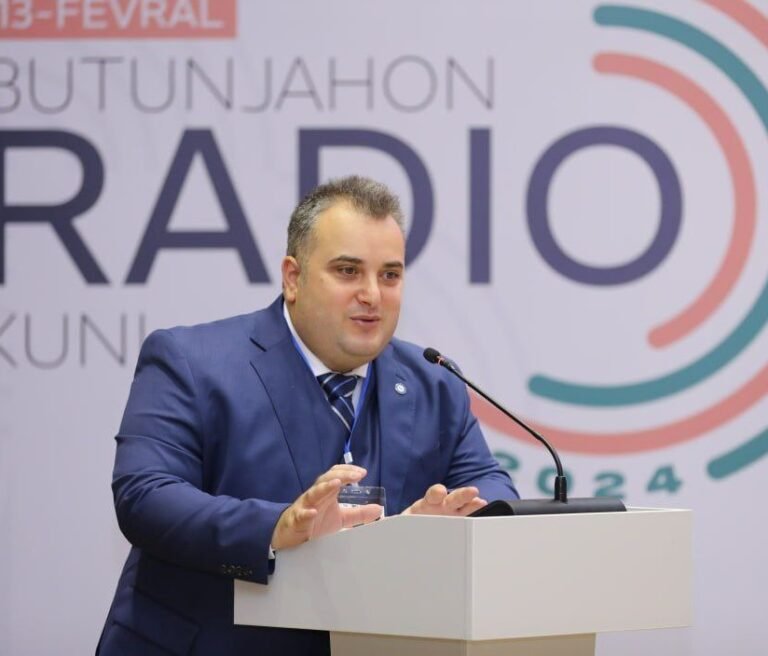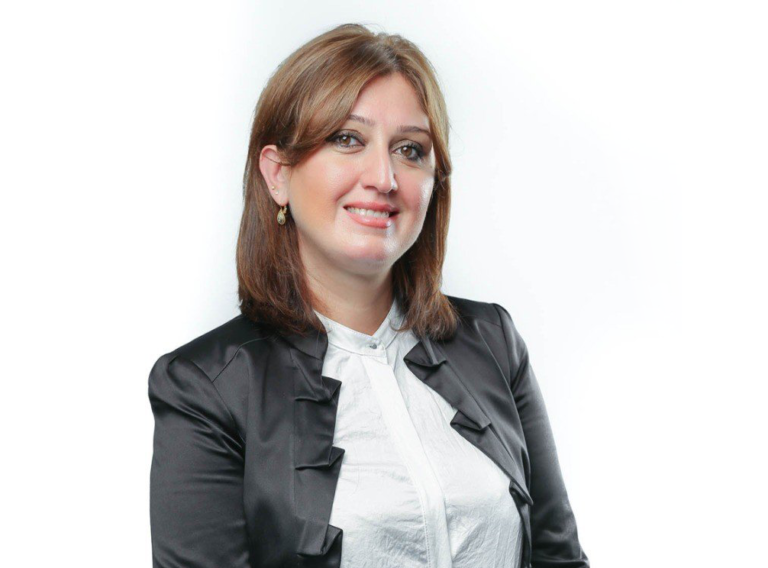Lecturers:

Davit Robakidze
CTO / LECTURER
A professional with over 15 years of experience in the broadcasting field. He has received his education in the United Kingdom and the United States. He is a licensed broadcast operator in the U.S. and a certified broadcast engineer. Davit Robakidze is the chairman of IEEBE and the technical director of the company “Innovator.”

Maka Darsavelidze
LECTURER
A communication professional, Ph.D., and lecturer at the University of Georgia, with 20 years of experience encompassing strategic communications, management, international relations, media relations, business development, and academic teaching.


